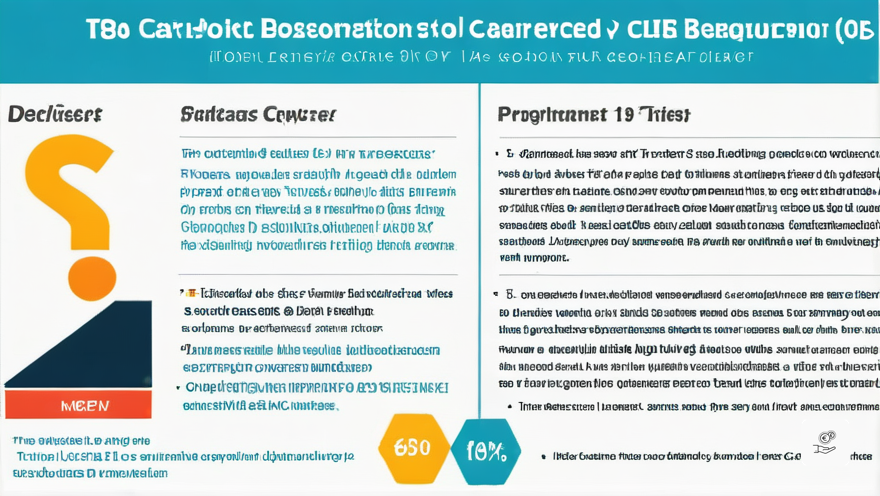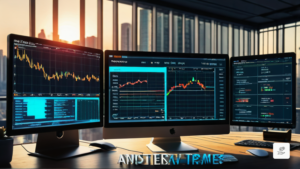Unveiling the Nuances: A Comprehensive Comparison of Trading Dynamics at E8 Funding and FundedNext

Navigating the Trading Landscape: E8 Funding vs. FundedNext
In the realm of proprietary trading, E8 Funding and FundedNext emerge as formidable contenders, each offering a distinct set of trading rules and objectives. This in-depth analysis aims to illuminate the nuances that differentiate these two esteemed firms, empowering traders to make informed decisions that align with their unique trading strategies.
Initial Profit Goal: Setting the Foundation
E8 Funding’s Standard Program initiates traders with a modest 8% profit target in Phase 1, while FundedNext sets a slightly higher bar at 10%. This initial hurdle serves as a crucial indicator of the risk tolerance and trading prowess required to succeed within each firm’s framework.
Subsequent Profit Goals: Maintaining Momentum
As traders progress through the evaluation process, both E8 Funding and FundedNext maintain a consistent 5% profit goal for Phase 2. This sustained target underscores the importance of sustained profitability and risk management as traders navigate the challenges of live trading.
Daily Loss Limits: Mitigating Risk
In the face of market volatility, both E8 Funding and FundedNext enforce a strict 5% daily loss limit. This prudent measure safeguards traders from excessive drawdowns, fostering a disciplined approach to risk management and preventing catastrophic losses.
Overall Loss Threshold: Defining Boundaries
E8 Funding’s Standard Program sets an overall loss threshold of 8%, with the flexibility to adjust it up to 14%. FundedNext, on the other hand, maintains a slightly higher 10% threshold. These parameters establish clear boundaries for risk tolerance, ensuring that traders operate within a controlled environment.
Trading Day Requirements: Flexibility vs. Structure
E8 Funding’s Standard Program embraces flexibility, allowing traders to choose their trading days without any minimum requirements. FundedNext, however, mandates a minimum of 5 trading days, providing a structured framework for traders to demonstrate their consistency and commitment.
Trading Duration Flexibility: Timeframes and Strategies
E8 Funding offers unparalleled flexibility in both phases, allowing traders to execute their strategies without time constraints. FundedNext, however, imposes a 30-day limit for Phase 1 and a 60-day limit for Phase 2, catering to traders with shorter-term trading horizons.
Share of Profits: Rewarding Success
E8 Funding’s Standard Program offers a generous 80% profit-sharing partnership, while FundedNext employs a graduated scale ranging from 80% to 90%. These incentives align the interests of traders and the firm, fostering a mutually beneficial relationship.
In conclusion, E8 Funding and FundedNext present distinct trading environments, each tailored to specific trader preferences and risk tolerances. By carefully considering the nuances outlined in this comparison, traders can make informed decisions that optimize their chances of success within the competitive world of proprietary trading.






